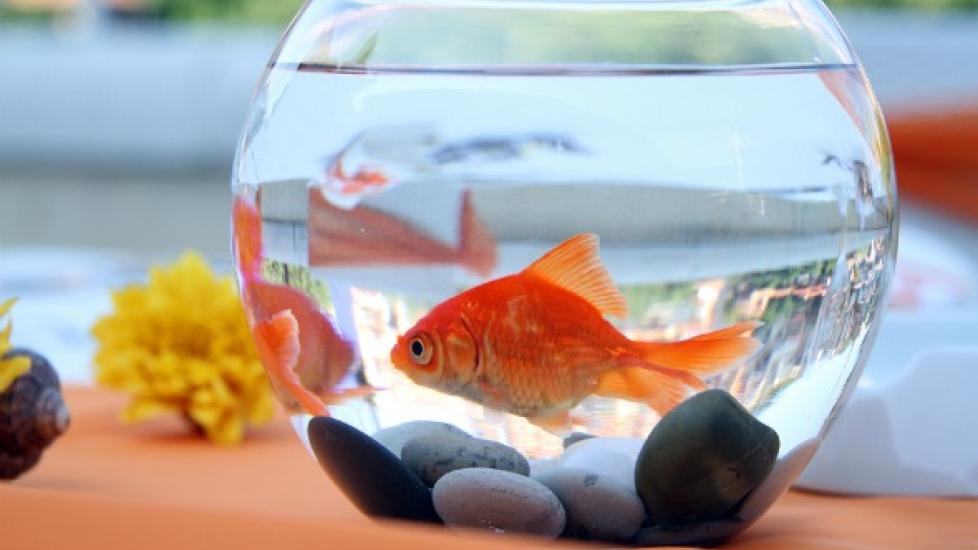Gill Infection in Fish
Branchiomycosis in Fish
Branchiomycosis is a fungal infection; one of several serious and deadly infections that can affect a fish's gills. This particular infection is most often due to the environmental conditions of the water in which the fish are kept.
Symptoms
Branchiomycosis affects the fish's gills by causing them to become mottled, or blotchy in appearance due to the dying tissue. For this reason it is also known as "gill rot." There may also be traces of gray on the surface of the skin. The infection begins in the gills and, if not interrupted, spreads out to the skin. The infected fish will become lethargic and will eventually suffer severe respiratory problems, including hypoxia, which can lead to death.
Causes
Branchiomycosis is caused by the fungi Branchiomyces sanguins and Branchiomyces demigrans, which are found in decaying organic debris in ponds or aquariums that have a temperature above 68 degrees Fahrenheit (20°C). The disease is commonly found in fishes in Eastern Europe, though it has been reported in the U.S. as well.
Treatment
Unfortunately, recognition of the branchiomycosis often comes too late, as fish are discovered to have branchiomycosis only after they have died due to hypoxia. If the infection is discovered in time, there are treatments that may help stop the spread of the infection as well as to help your fish’s skin to heal.
Prevention
Ultimately, preventing the Branchiomyces sanguins and Branchiomyces demigrans fungi from growing in your fish habitat will prevent it from acquiring branchiomycosis. To do this, keep your fish habitat clean and at a constant and cool temperature. If your fish live in a warm pond, take special care to keeping the water clean and free of organic debris.
